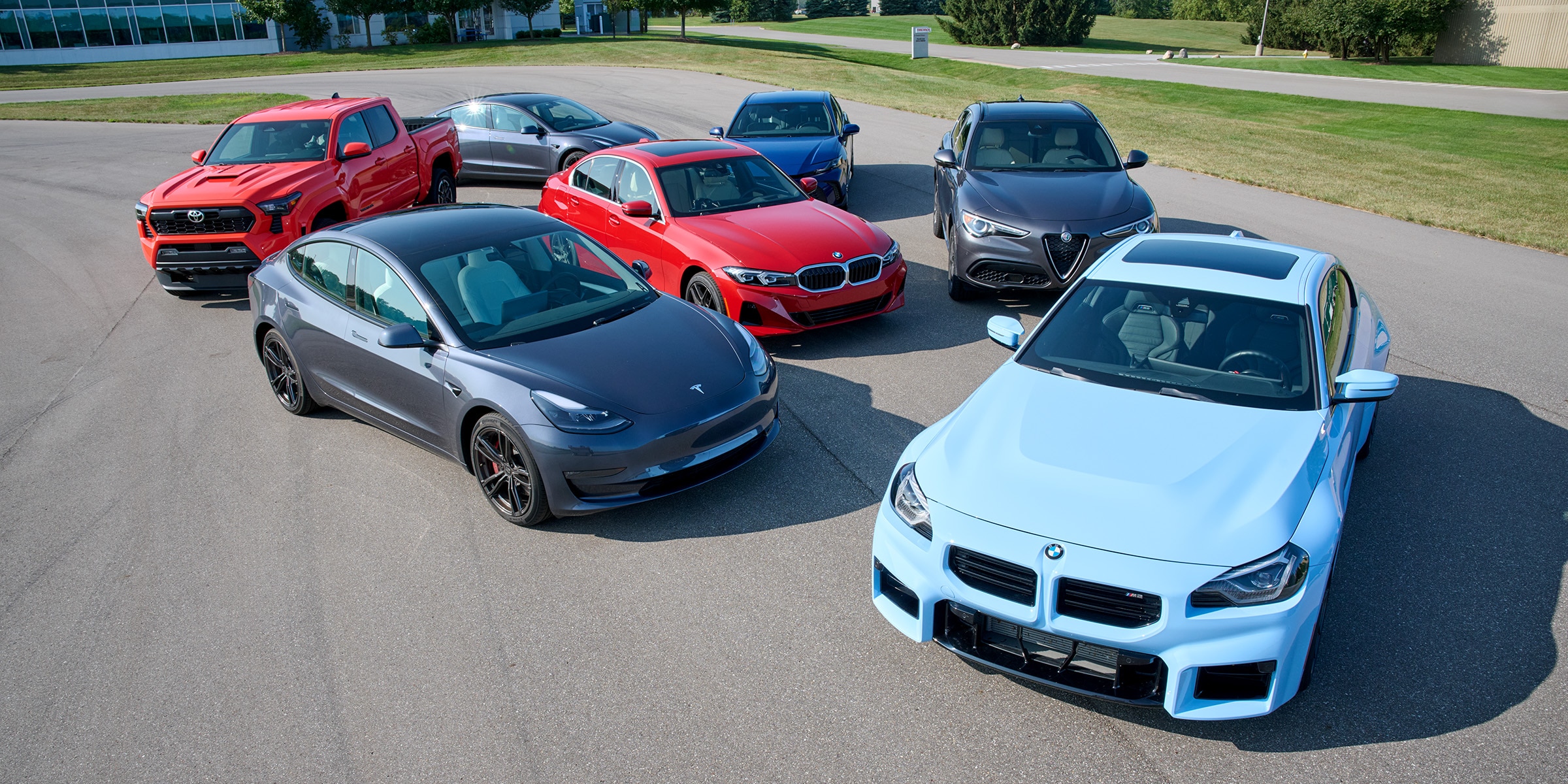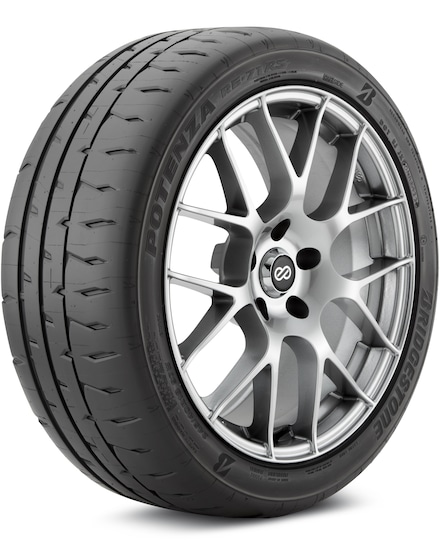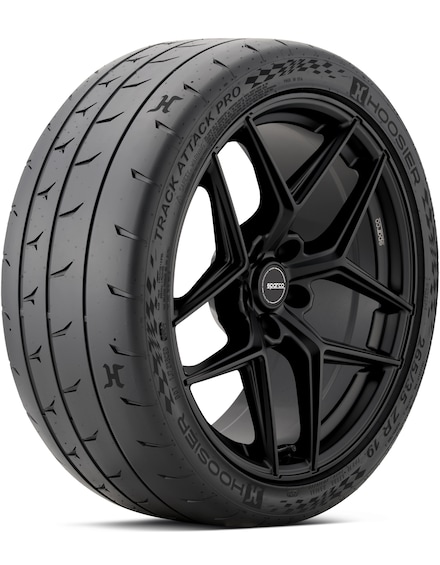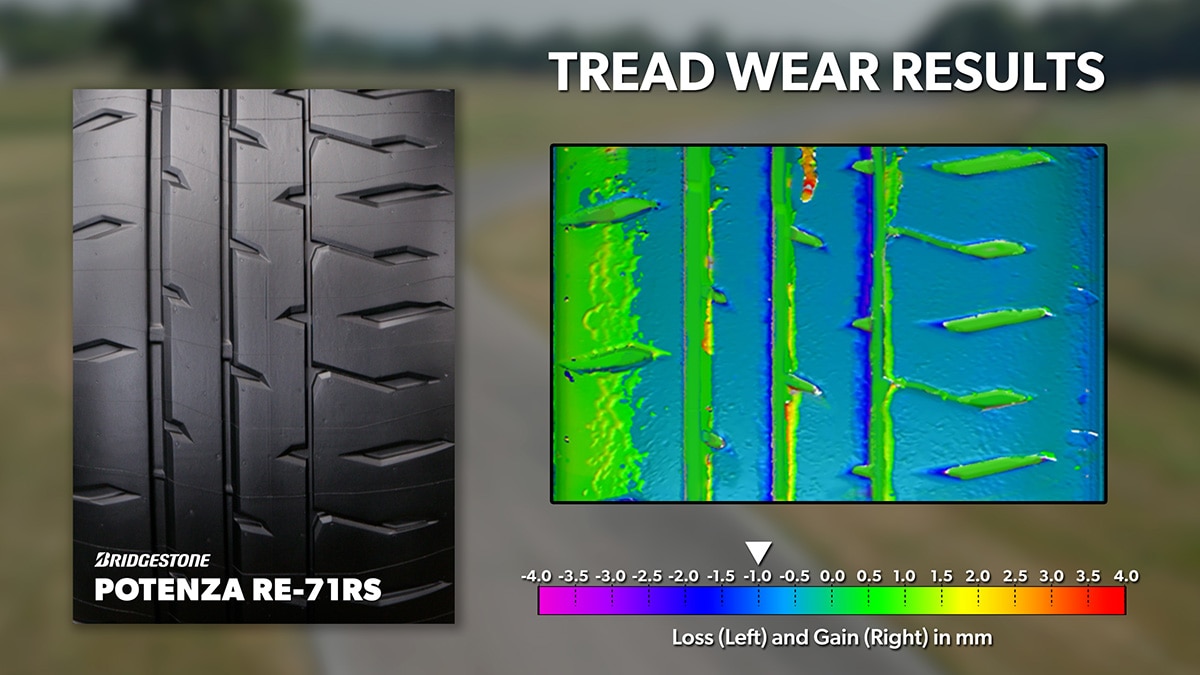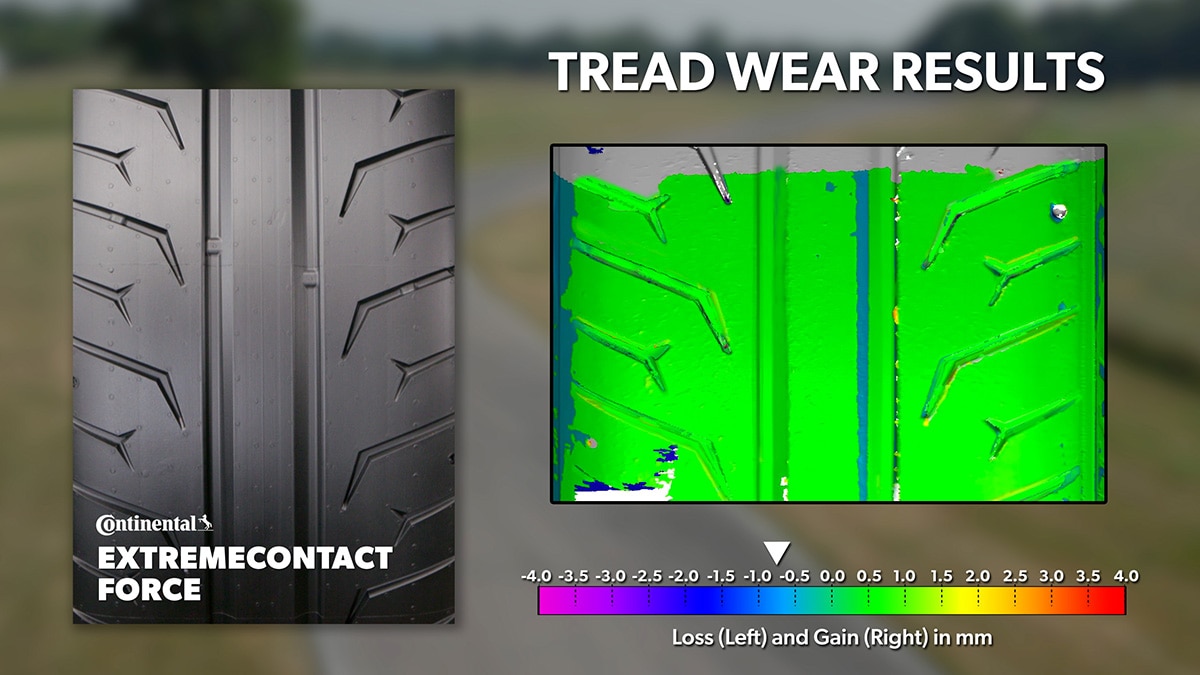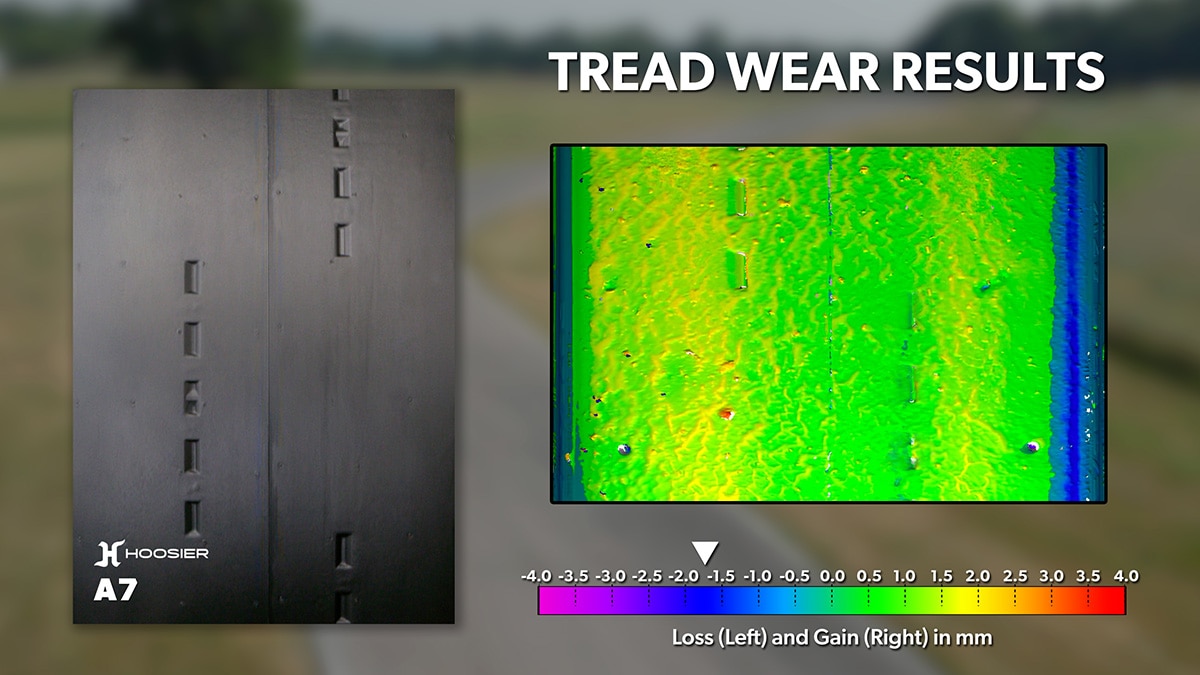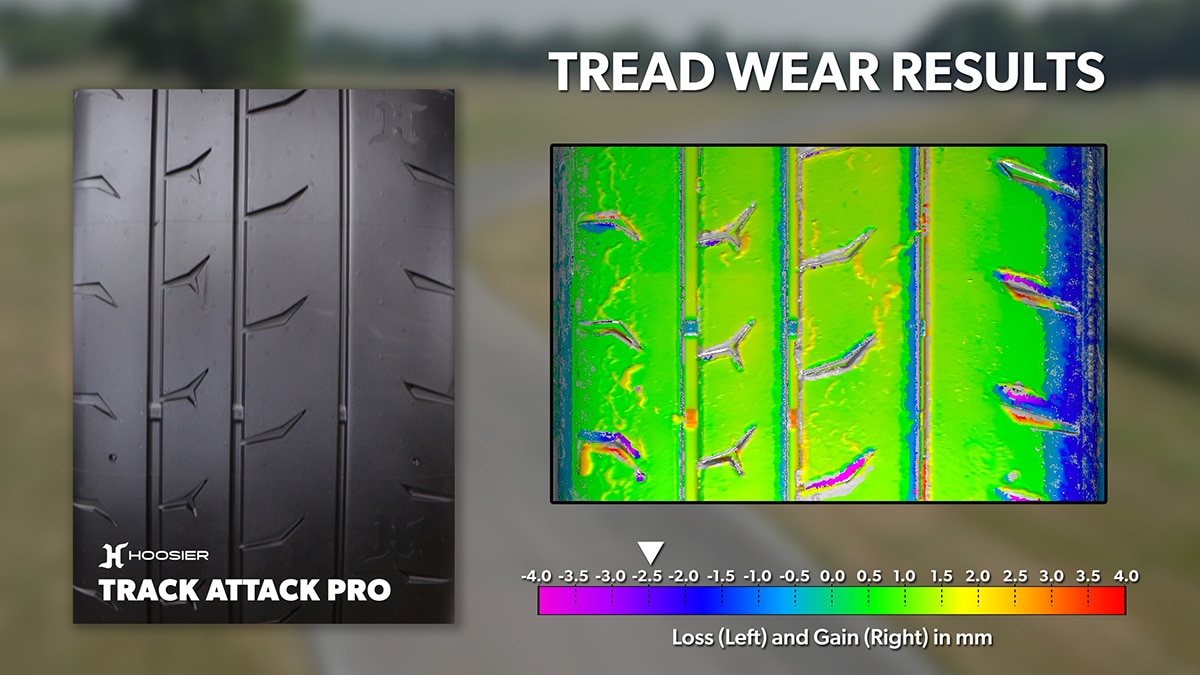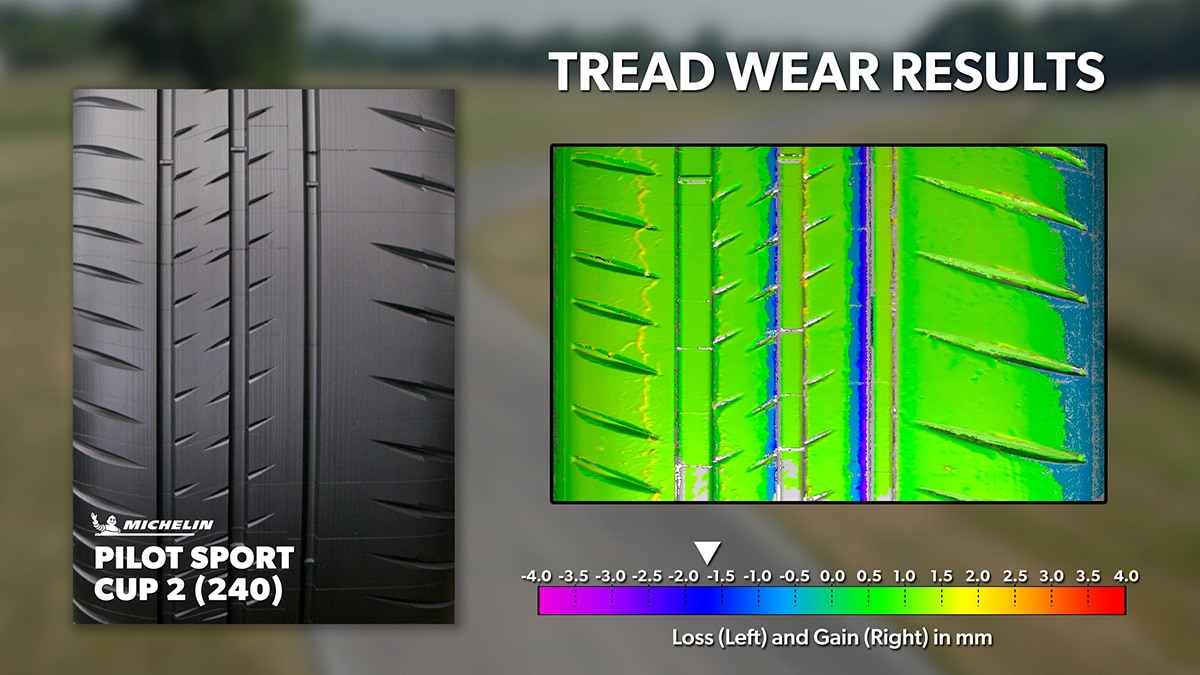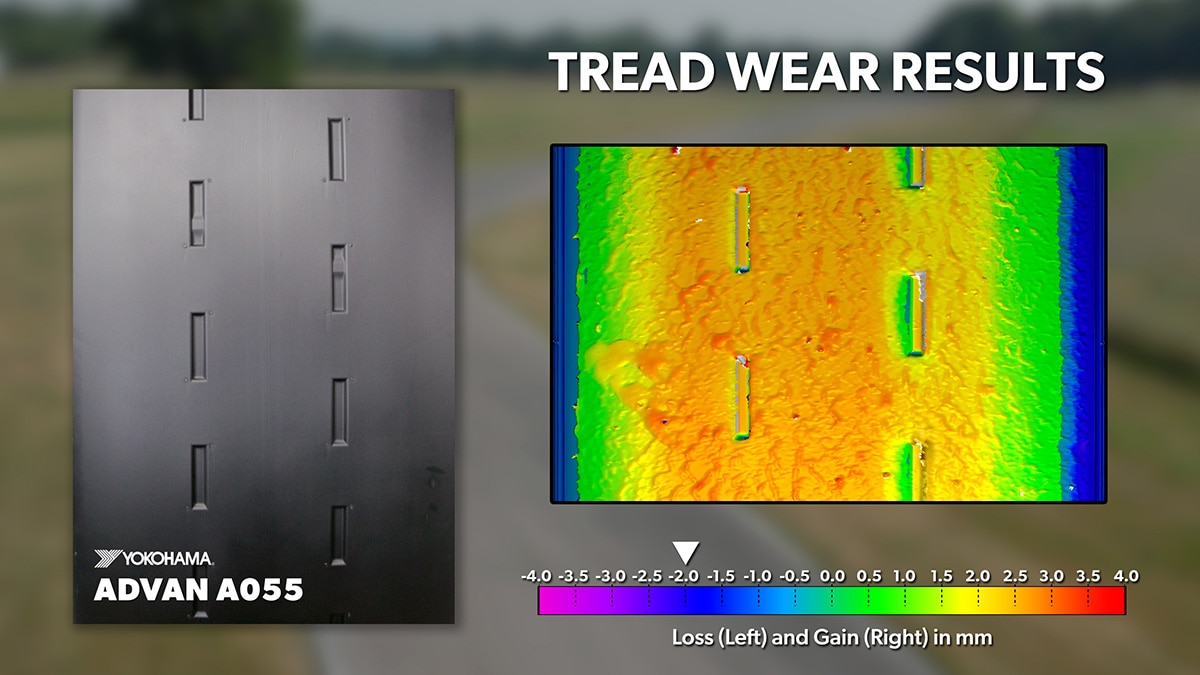The last time we took the Eagle F1 Supercar 3 out for testing was back in 2020. It's still a popular tire, but does it hold up? In the wet at least, while it lacked the cohesive, locked-down feel of some of the top-tier performers, it still felt confident in the hands. Steering was direct, accurate, solid. There was clear feedback at the limit, which was good because traction breakaway tended to be sudden, rather than progressive. It was still manageable throughout, so a good performance.
Conversely, in the dry it was responsive and agile with quick, precise steering and a willingness to rotate when asked. It maintained solid grip and directional control, particularly through the slalom, where it felt sprightly and confident. It handled aggressive inputs with composure, though ultimate traction, especially in tight, high-load corners was somewhat limited. Braking and lateral grip were well-matched, providing a balanced platform, though an incremental gain in overall grip would have elevated the experience further.
Given room to really stretch on the longer road course, this made for an excellent partner. Some tires will give you all of the characteristics of a good performer: the traction, the steering, the raw ability, but they don't connect in a way that feels friendly, and in the inverse of that; there's a sense certain tires have of just wanting to help you. They take direction, mistakes, changing braking distances, and happily adapt to the driver. The Eagle F1 Supercar 3 was the latter. It directed the front end precisely, it would simply mold to however we approached a lap. We could carry more speed, rotate, drive it straight, drive it sideways, it just wanted to be driven.
Wear: We saw some nice wear resistance here overall, with the leading edge of the intermediate ribs and the outboard shoulder bearing the brunt of the loss, about 1mm in either instance.
Fast Lap: 1:39.39 (-1.44)
Average Lap: 1:39.92 (-1.25)

